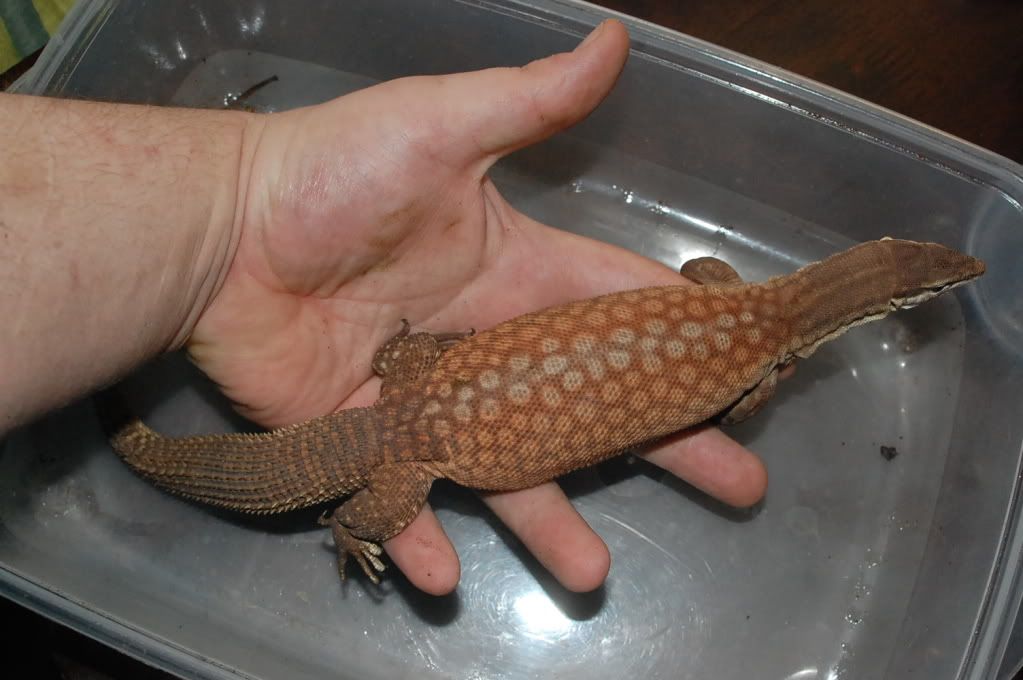The ackie monitor
The Ackie Monitor, also know as Ridge Tailed Monitor, is indigenous to Australia, mainly found in the north western region. Ackie monitors are considered dwarf monitors since they only reach a length of roughly 70 centimeters when fully grown. Many people, including me, want to get into monitor species because of their intelligence, personality, and interesting qualities but are afraid to buy a Nile monitor, Tree monitor, or other popular species of monitors. Many of the popular monitors require a lot of room and are really only meant for experienced reptile enthusiasts since they require so much care. This is where the Ackie Monitors come in. Ackie monitors have the same personality of the popular and larger species, but because of the ackie monitor's size they are much easier to keep. Ackies will thrive in an enclosure that's around 4 feet long and 2 feet wide which is very manageable. The diet of an Ackie Monitor is almost identical to that of a bearded dragon's and their personality is much more laid back than most monitor species. Ackie monitors are great pets and a good gateway to the Monitor species.
image from the web












